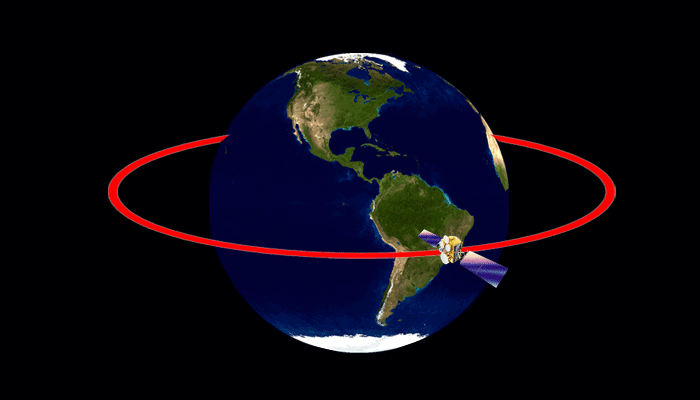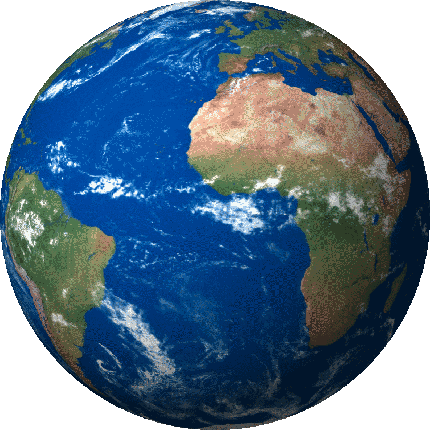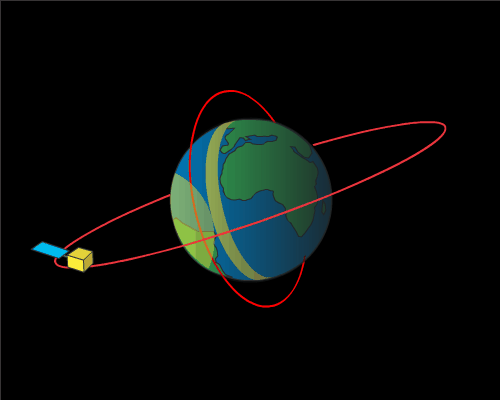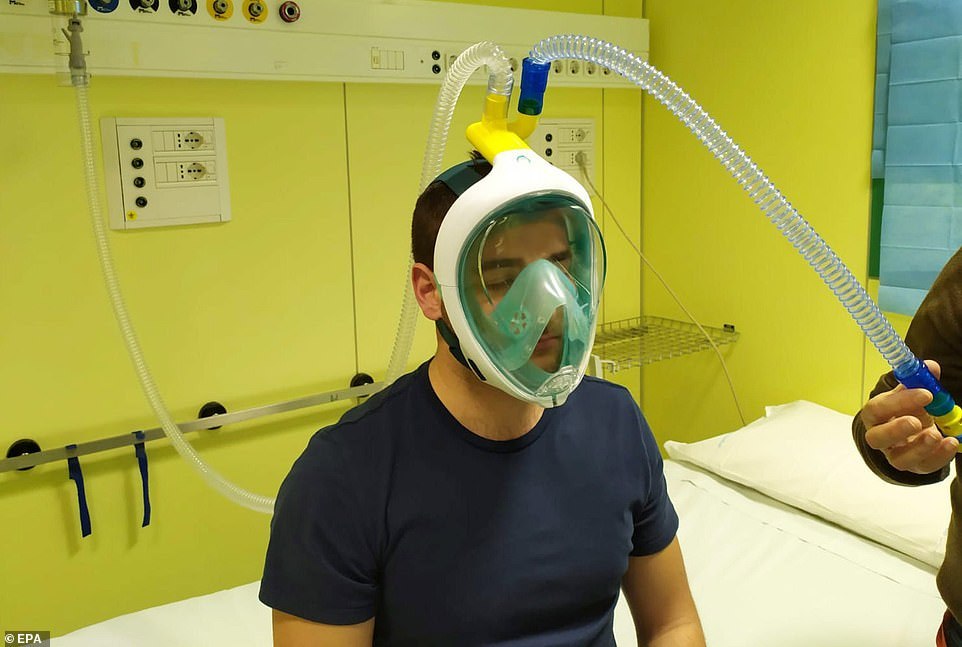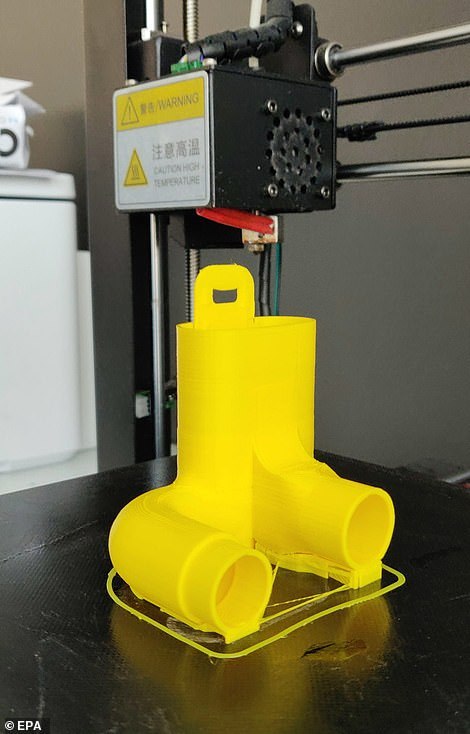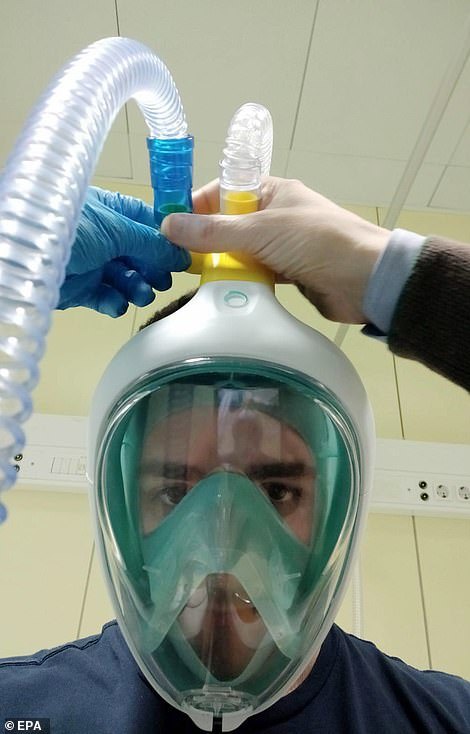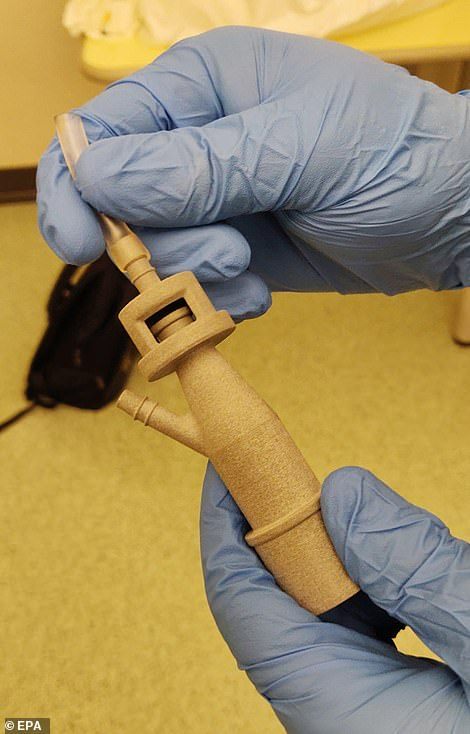New York City
Evolution of the Lower Manhattan Skyline
100+ Years of Evolution of Manhattan FiDi Skyline
👇 🎥 👇
👇 🎥 👇
100+ years of evolution of the Manhattan FiDi skyline.
1. The Equitable Building – Year built: 1915
Its shadow blocked sunlight from so many properties, that the ensuing uproar resulted in the 1916 Building Zone Resolution, which dictated future towers be built with setbacks and stepped façades.
2. 39 Broadway – Year built: 1928
Built on the site formerly occupied by the Alexander Macomb House, which briefly served as the Second Presidential Mansion for the George Washington household in 1790.
3. 40 Wall Street – Year built: 1930
Part of the three-story penthouse Trump residence was used as a filming location for the 1997 movie The Devil's Advocate.
4. 70 Pine Street – Year built: 1932
One of the last Art Deco towers to be built in NYC, was the first to employ the innovative double-deck elevator system, of which there are still very few in the world.
5. 28 Liberty – Year built: 1963
Lower Manhattan's first International Style skyscraper, envisioned by David Rockefeller as a striking contrast to the sea of 19th-century spires dotting the skyline.
6. 55 Water Street – Year built: 1973
The 3.64 million-square-foot structure is the largest in New York City by floor area, with One World Trade Center as its closest contender.
7. AT&T Long Lines Building at 33 Thomas Street – Year built: 1974
The brutalist building was designed to withstand nuclear fallout, and to make it possible for 1,500 people to survive inside its walls for up to two weeks.
8. Brookfield Place (World Financial Center) – Year built: 1986
Built on landfill consisting mostly of dirt excavated for the construction of World Trade Center. The complex has its own zip code: 10281.
9. 60 Wall Street – Year built: 1989
Bears the world’s tallest roof-mounted solar array – 737 feet above street level – commissioned by Deutsche Bank in 2011.
10. 7 World Trade Center – Year built: 2006
Set the standard for the new World Trade Center master plan. Was the first commercial building in NYC to receive a LEED Certification (Gold).
Head over to www.commercialcafe.com for more skyline features and all things commercial real estate.
🗽 🗽 🗽 🗽
Future NEW YORK
Biggest Mega Project - 2020
New York city ,the biggest city in the united states(USA) will have the honor to welcome the biggest mega project named Hudson Yards for 2020. It will include 6 skyscrapers ,a mall,school subway station and more.
the New York skyline will never be the same again.The future is there.It's the most expensive real estate project too in the us.
The first phase will be completed before 2020.
The whole project will be completed before 2030
the New York skyline will never be the same again.The future is there.It's the most expensive real estate project too in the us.
The first phase will be completed before 2020.
The whole project will be completed before 2030
🗽 🗽 🗽 🗽
CGI Timelapse
New York City 2016 - 1811
The shot rewinds New York City from present day to its early days, showing the port city in 1811.
To create the shot we built NYC as complex computer generated (CGI) models in different decades. To add to the complexity, many of the construction of the buildings is animated and played in reverse.VFX Supervisor - Nigel Hunt
I create content to engage global audiences for world-leading brands, with expertise in Real Estate, Film and Television.
For more information or licencing please contact; nigelbhunt@gmail.com
To create the shot we built NYC as complex computer generated (CGI) models in different decades. To add to the complexity, many of the construction of the buildings is animated and played in reverse.VFX Supervisor - Nigel Hunt
I create content to engage global audiences for world-leading brands, with expertise in Real Estate, Film and Television.
For more information or licencing please contact; nigelbhunt@gmail.com
🗽 🗽 🗽 🗽
How highways wrecked American cities
The Interstate Highway System was one of America's most revolutionary
infrastructure projects.
It also destroyed urban neighborhoods across
the nation.
Subscribe to our channel! http://goo.gl/0bsAjO
The 48,000 miles of interstate highway that would be paved across the
country during the 1950s, '60s, and '70s were a godsend for many rural
communities. But those highways also gutted many cities, with whole
neighborhoods torn down or isolated by huge interchanges and wide
ribbons of asphalt. Wealthier residents fled to the suburbs, using the
highways to commute back in by car. That drained the cities' tax bases
and hastened their decline.
So why did cities help build the expressways that would so profoundly
decimate them?
The answer involves a mix of self-interested industry groups, design
choices made by people far away, a lack of municipal foresight, and
outright institutional racism.
Read more on Vox: https://www.vox.com/2015/5/14/8605917...
And see before-and-after maps of how highways changed cities like Cincinnati, Detroit, and Minneapolis: https://www.vox.com/2014/12/29/746055...
Vox.com is a news website that helps you cut through the noise and
understand what's really driving the events in the headlines.
Check out http://www.vox.com
Alexia's Shado:
My first childhood home was 420 Tahoe St., Rialto, Ca. You can search it now and find it dead center of a freeway. The city destroyed my home and the entire neighborhood in the mid-1980's to build a freeway. This was a poorer, mostly white neighborhood, and no one was happy about the news. It led to my mother buying a house they couldn't afford, and when she realized her blunder, she took me and left my father. The divorce and subsequent bankruptcy destroyed him and he escaped into heavy drug use, which he served prison time for. My life got worse from the divorce onward until I ended up on the streets and then into foster care. Did it all happen because of the freeway? No, but it certainly was a catalyst for some major and awful changes to my family. Had we stayed, I know life would be very different in some way. I never thought about it until now, seeing this. Displacing poor families rarely leads to good things.
My first childhood home was 420 Tahoe St., Rialto, Ca. You can search it now and find it dead center of a freeway. The city destroyed my home and the entire neighborhood in the mid-1980's to build a freeway. This was a poorer, mostly white neighborhood, and no one was happy about the news. It led to my mother buying a house they couldn't afford, and when she realized her blunder, she took me and left my father. The divorce and subsequent bankruptcy destroyed him and he escaped into heavy drug use, which he served prison time for. My life got worse from the divorce onward until I ended up on the streets and then into foster care. Did it all happen because of the freeway? No, but it certainly was a catalyst for some major and awful changes to my family. Had we stayed, I know life would be very different in some way. I never thought about it until now, seeing this. Displacing poor families rarely leads to good things.
🗽 🗽 🗽 🗽







